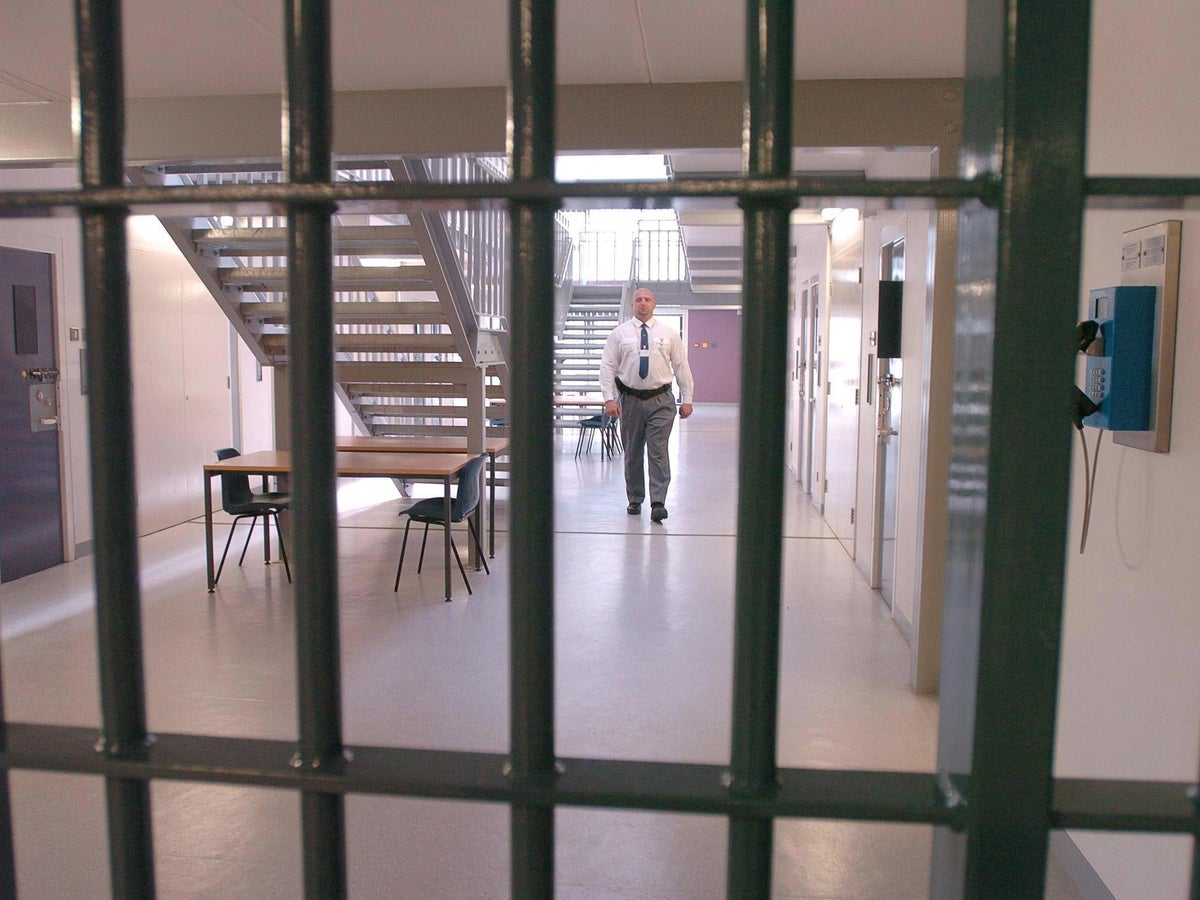
There has been an “alarming” increase in self-harm by women in prison, but the government is set to violate its own strategy by putting more vulnerable female offenders behind bars.
A report by parliament’s Justice Committee said that in 2021, self-harm incidents per 1,000 prisoners increased by 4 per cent in female establishments, but fell in the male prison estate.
“The increasing level of self-harm in the female estate over the last decade is alarming and while the number of self-inflicted deaths is low, even one death is one too many,” it added.
“Women who enter the criminal justice system, and those who go on to enter custody, are more likely to be complex and vulnerable individuals.
“We have heard how women often present with challenges such as substance misuse and mental health issues as well as complex histories of trauma and abuse, including domestic abuse.”
In 2018, the government published a Female Offender Strategy that aimed to result in fewer women being jailed, especially on short-term sentences, and ensure better conditions for those who were.
But the committee found there had been a lack of investment needed to make the aims “achievable in reality”, and the Ministry of Justice now predicts that the number of female prisoners will increase by more than a third over three years because of the recruitment of 20,000 extra police officers and other government policies.
Chair Sir Bob Neill MP said: “It is welcome that the government has understood that there are specific challenges around sending women to prison that need to be addressed, but it is disappointing that there is yet to be significant tangible change.
“The 2018 Female Offender Strategy marked an important step in recognising the needs of women in the criminal justice system, but more needs to be done to understand whether it is targeting the right areas and having a meaningful impact.
“Women entering the prison system often have challenging needs and they must be supported from the day they arrive to the day they leave and beyond.”
The report said that self-harm in women’s prisons had more than doubled in England and Wales over the past decade.
The most recent statistics, for 2019-20, showed that six women died in prison and at least four of those were self-inflicted.
But research presented to the committee showed that 46 per cent of women in prison had attempted suicide at some point in their lives, compared to 21 per cent of men in prison and 6 per cent of the general population.
A third of women in prison have been admitted to psychiatric care prior to entering custody, compared to one in 10 male inmates.
Juliet Lyon, chair of the Independent Advisory Panel on Deaths in Custody, said that suicides were often preceded by a series of attempts and there was “an inadequate amount of support and training for staff and inadequate multidisciplinary working”.
The Ministry of Justice established a self-harm taskforce for women’s prisons in 2020 but the committee said it must evaluate the success of new efforts to reduce incidents.
Sonya Ruparel, chief executive of the Women in Prison charity, described jail as a “dead end that tears families apart”.
“There is a significant risk of the women’s prison population rising by a third over the next three years - this will push more families into poverty, affect family relationships and women’s mental health,” she added.
“The government must focus on alternatives to prison by investing in community-based services such as Women’s Centres that address the root causes of crime.“
Peter Dawson, director of the Prison Reform Trust, said the government had pledged £150m to build 500 additional prison places for women when its own strategy’s “declared aim was to reduce the number of women in custody, not increase it”.
He added: “If it wants to be taken seriously, the government must now invest in supporting women in the community, not building more prison cells for them.”
Andrew Neilson, director of campaigns at the Howard League for Penal Reform, said the report shows “the grim results of that disappointing lack of commitment”.
“Most women who appear in court have not been involved in serious offences, and the majority of them have experienced past trauma - imprisonment is both disproportionate and inappropriate,” he added.
“Rather than committing to fatalistic, bleak projections which push women into a system that is routinely failing to meet their needs, the government must actively develop policies to ensure that the Female Offender Strategy is successfully implemented.”
The strategy indicated that the government intended to improve out-of-court disposals as an alternative to prison sentences for women, but the committee said there was not yet clear evidence that female offenders were being diverted away from custody.
MPs called for the government to calculate how many women in prison were primary carers and recognise the “severe” impact on family life.
A Ministry of Justice spokesperson said: “Custody is used as a last resort for women and since we launched our Female Offender Strategy in 2018, the number entering prison has fallen by nearly a third.
“The new prison places we are building will, alongside our wider reforms, improve access to education, healthcare and work, so female offenders can turn their lives around.”







